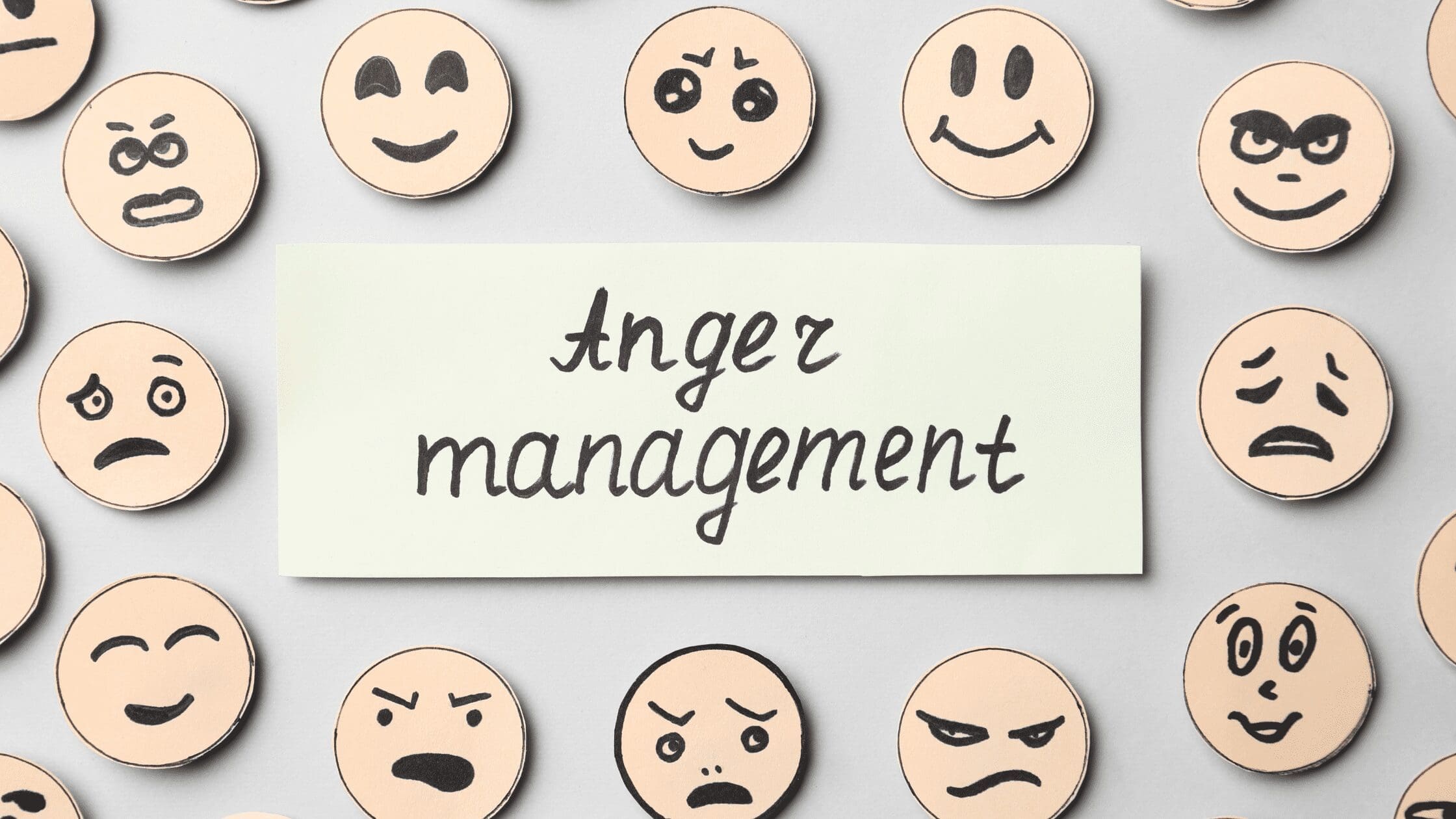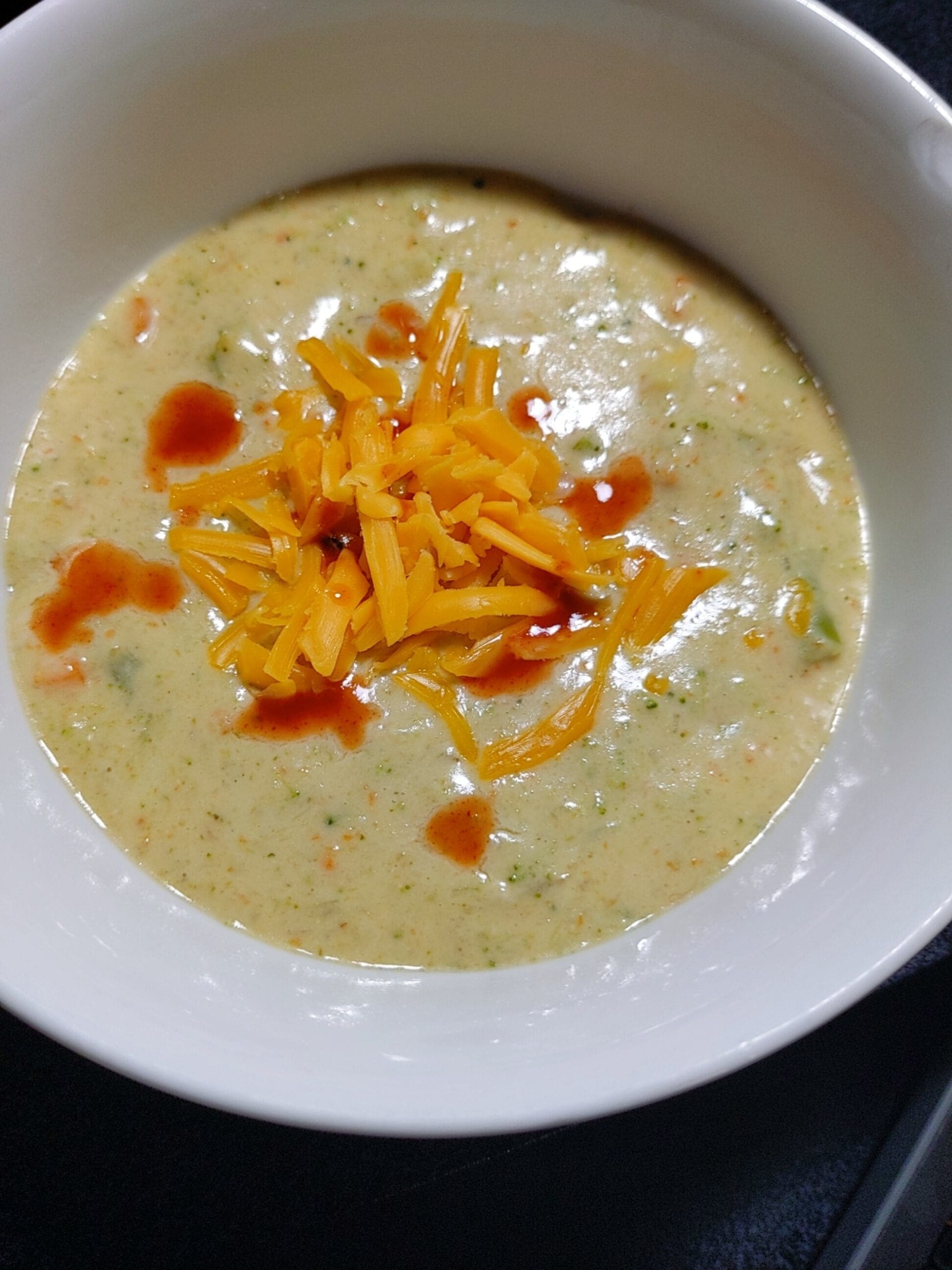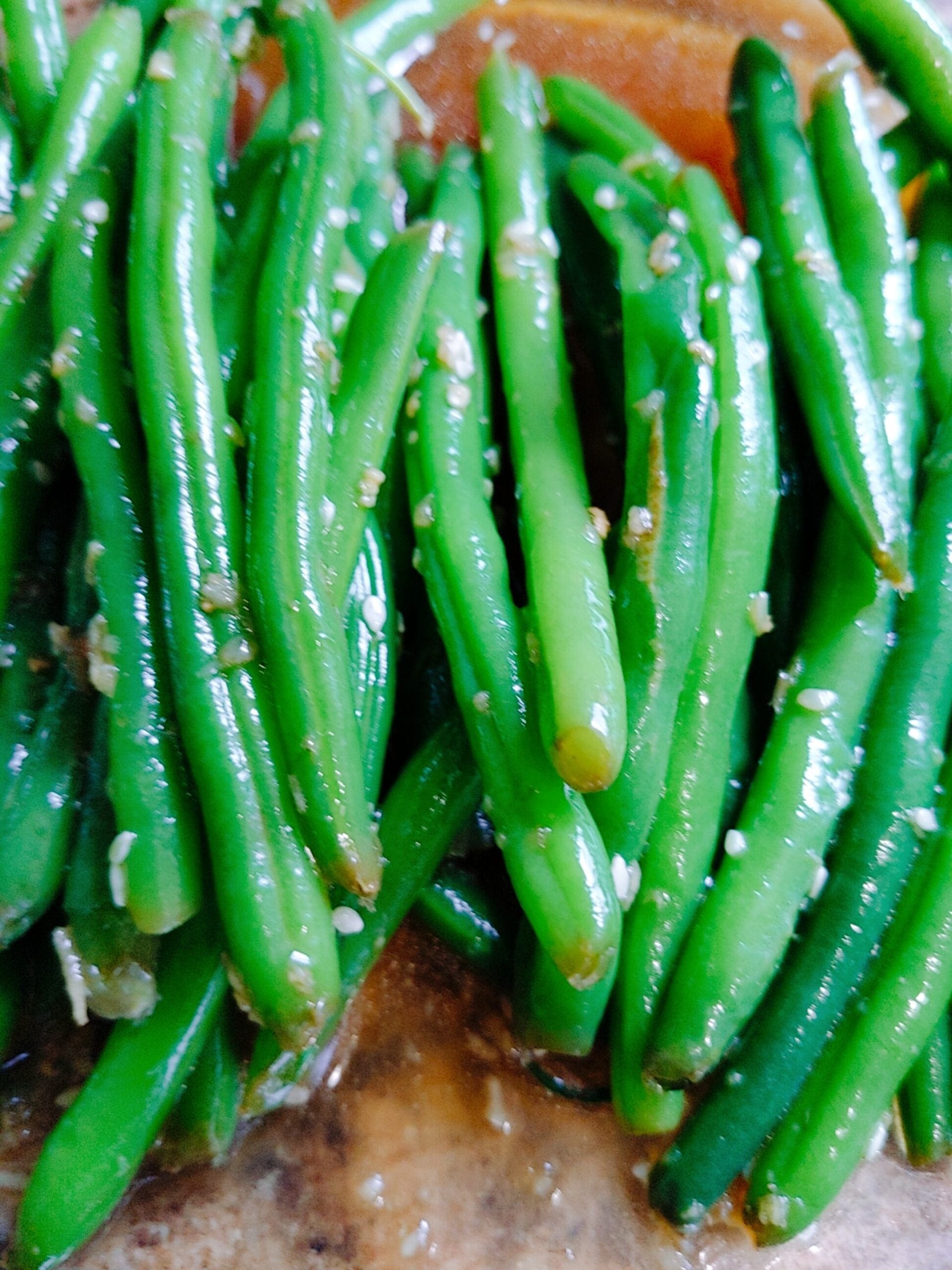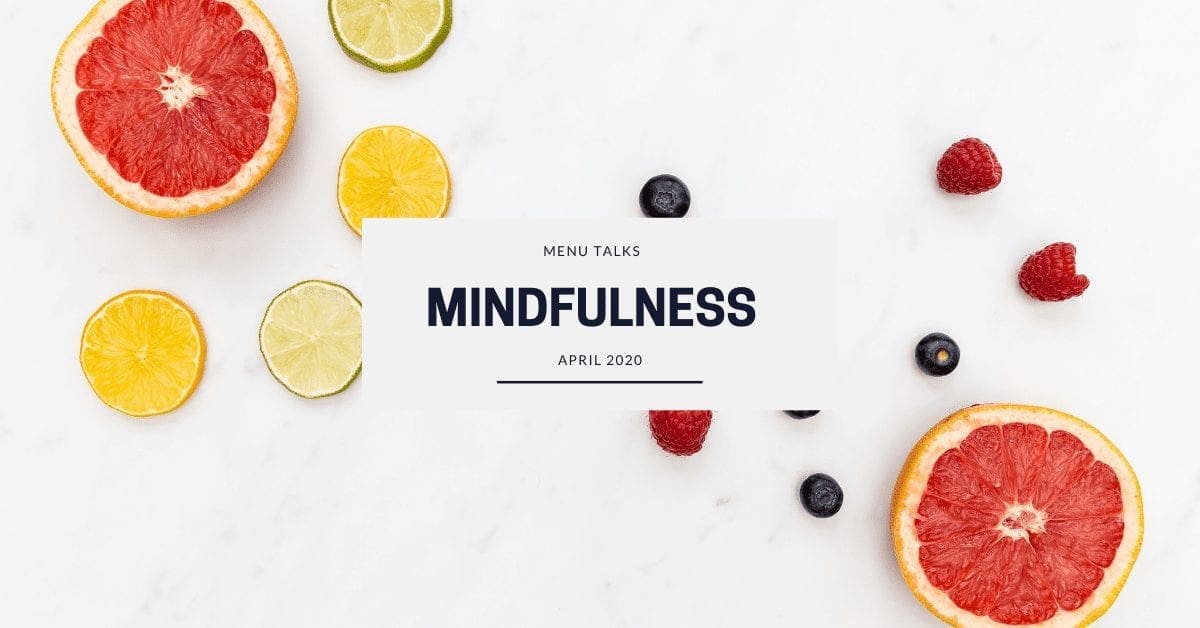Welcome to week three of anger management coping skills. This week we will go over recognizing warning signs before losing your cool.
If you have missed any part of the series, click here! As always, remember my disclaimer before practicing any mental health information.
What is Anger Management?
These coping skills are techniques and strategies used to deal with and regulate intense emotions, thoughts, and behaviors associated with anger. Anger is a normal and natural emotion, but it can negatively affect your mental and physical health and relationships when it becomes overwhelming.
Some standard practices include:
- Deep breathing and relaxation techniques. This can help calm the body and reduce physical symptoms of anger, such as a racing heart or tightened muscles.
- Mindfulness and meditation. This can help individuals focus on the present moment and become more aware of their thoughts and emotions.
- Cognitive restructuring. This involves reframing negative thoughts and beliefs that can contribute to anger.
- Communication skills. Learning to express anger in a non-threatening and assertive manner can improve relationships and reduce conflicts.
- Physical activity. Engaging in physical activity, such as exercise or sports, can release built-up tension and reduce feelings of anger.
- Time-out. Taking a break from a situation that triggers anger can give you time to calm down and regroup before responding.
Goals
The purpose of the coping skill is to help individuals gain control over their emotions, thoughts, and behavior in situations that trigger anger and to handle conflicts more positively and effectively.
Do you ever feel like you’re about to blow your top and don’t know why? Chances are, your body is giving you some warning signs that you’re getting angry.
Recognizing these physical signs can help you take control of your anger before it takes control of you. Here are a few physical anger warning signs to keep an eye out for:
- Muscle tension: Do your jaw and fists clench up when you’re angry? This is a classic sign of muscle tension and that your body is preparing for a fight.
- Increased heart rate: When you’re angry, your heart rate increases, giving you that “fight or flight” feeling.
- Sweating: Do you start to sweat when you’re angry? This is your body’s way of regulating your temperature and getting ready for action.
- Shallow breathing: When you’re angry, your breathing becomes shallow, which can lead to feelings of lightheadedness and dizziness.
By recognizing these physical warning signs, you can use coping skills and techniques to calm down before your anger gets out of control—some coping skills to try to include deep breathing, mindfulness, and exercise.
Remember, taking care of your mental health is just as important as your physical health. You can improve your overall quality of life by recognizing these physical warning signs and using coping skills to manage your anger.
So next time you start to feel angry, pay attention to your body and use your coping skills to take control of your anger. Your mental health will thank you!







